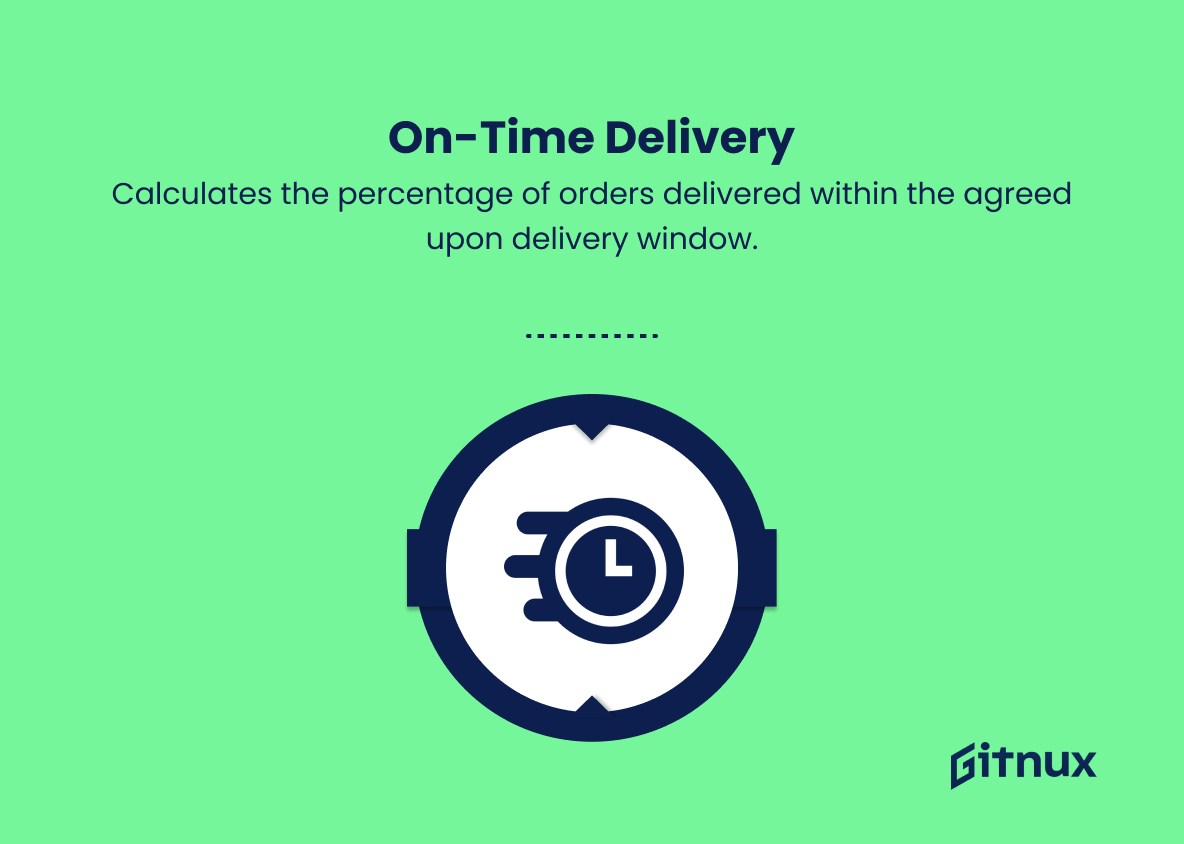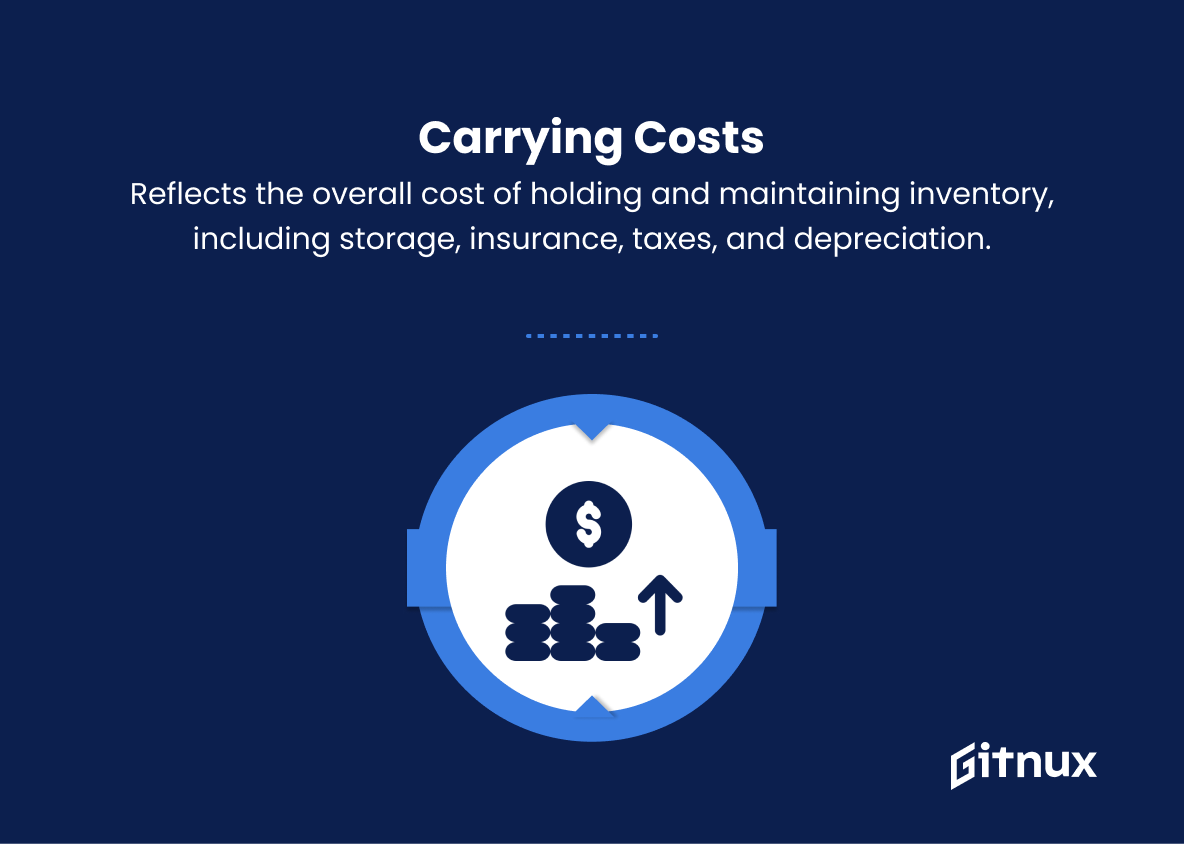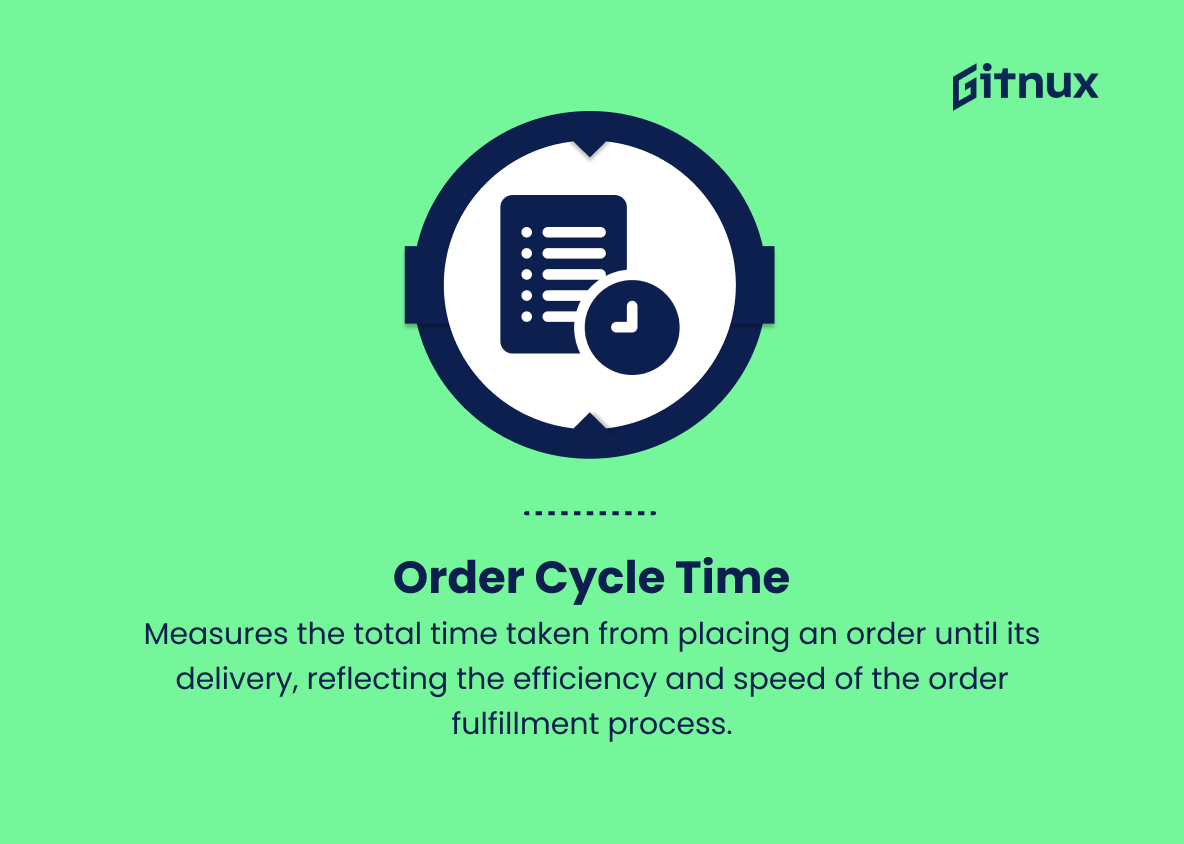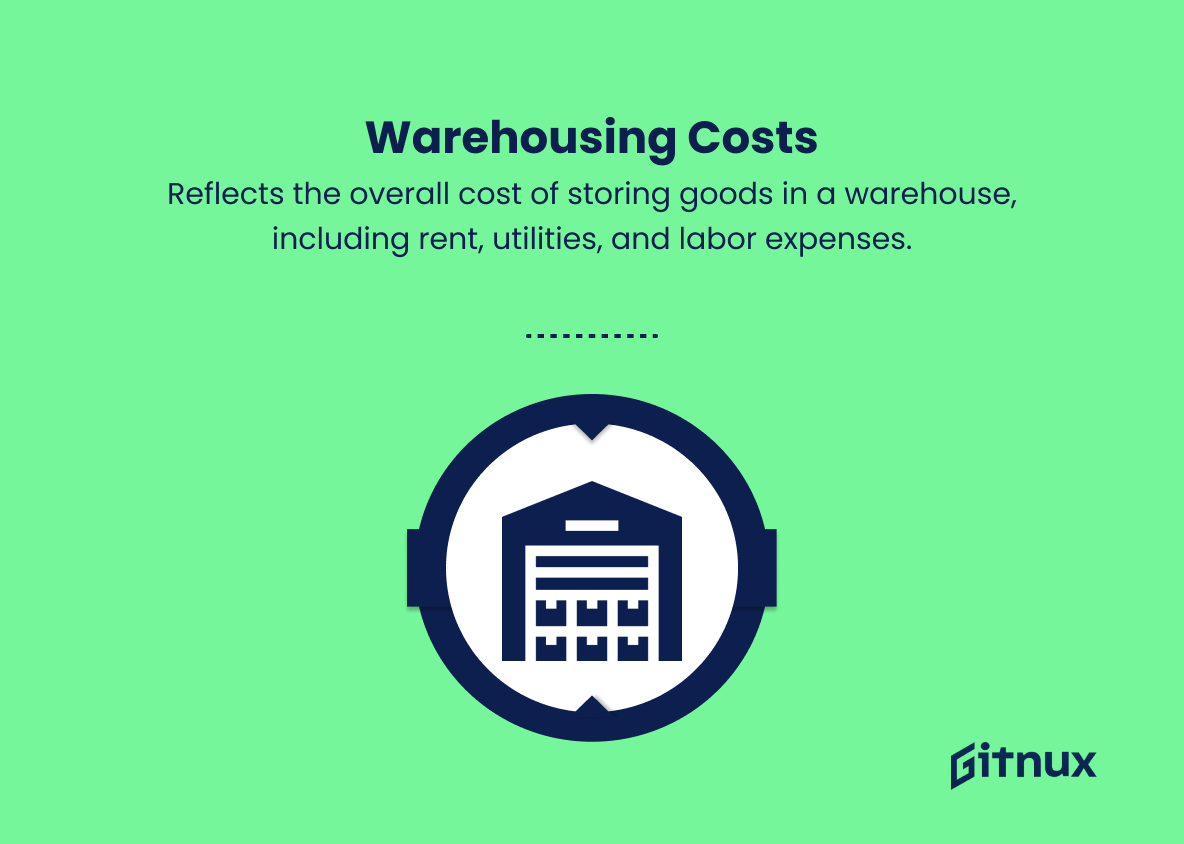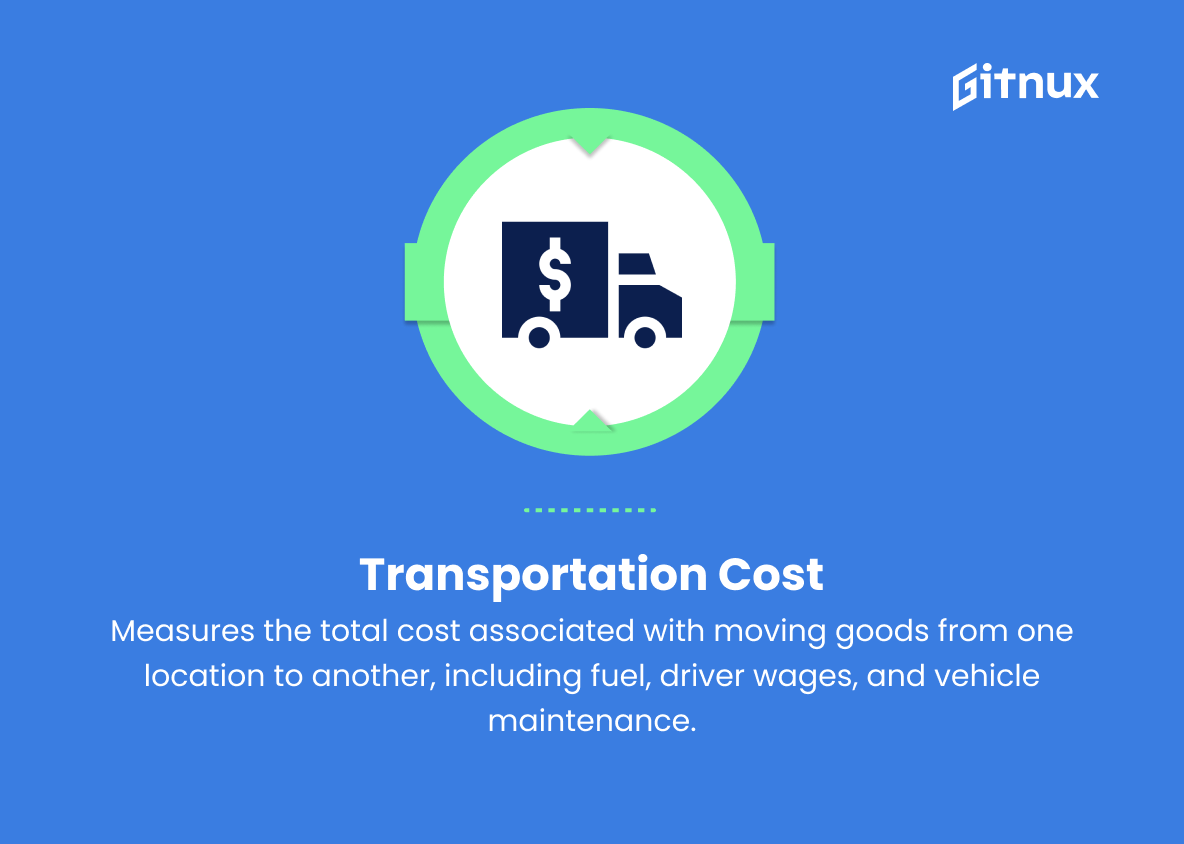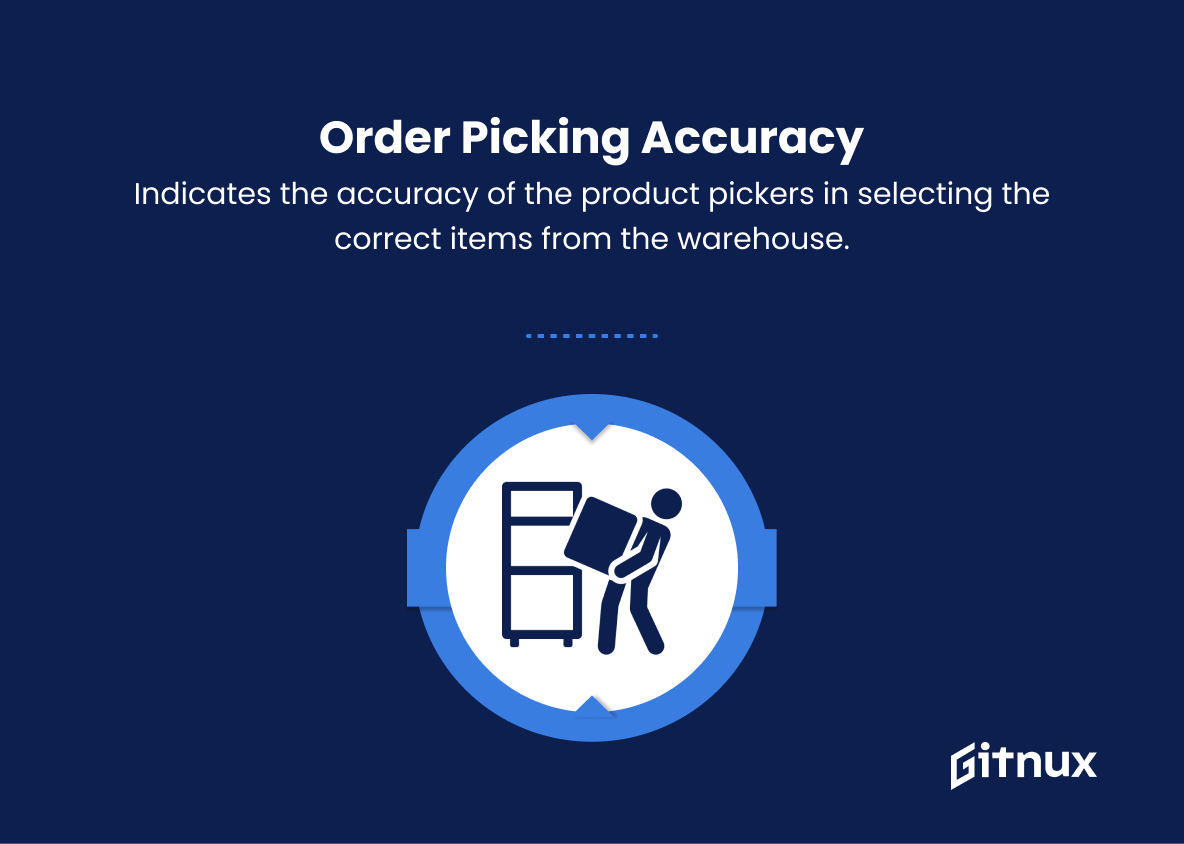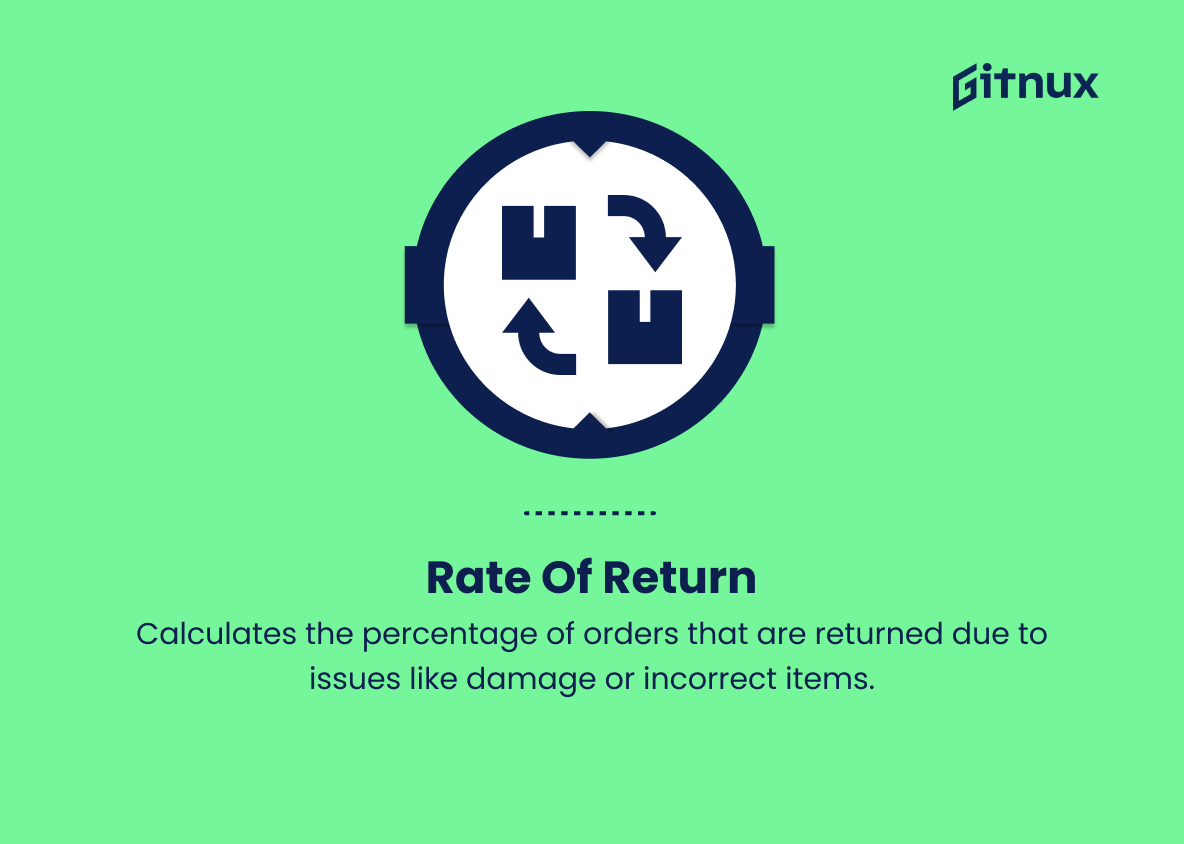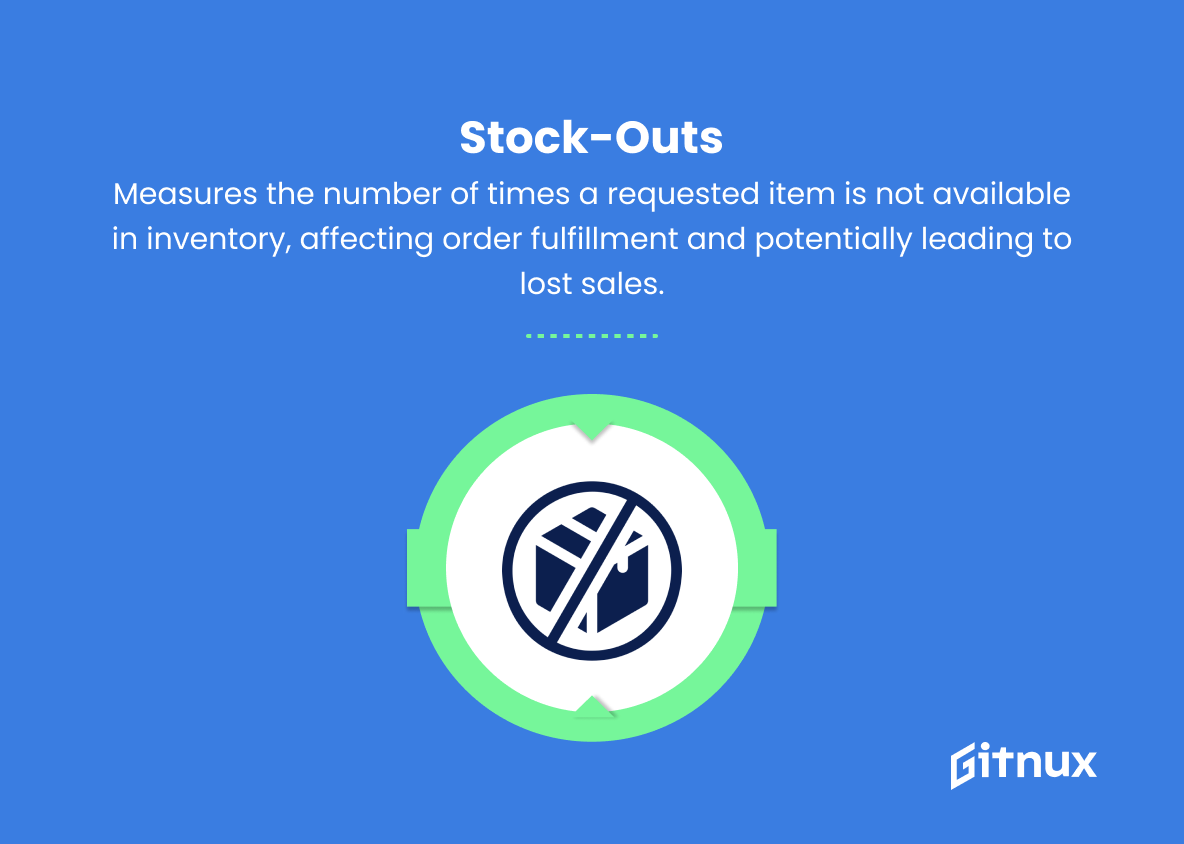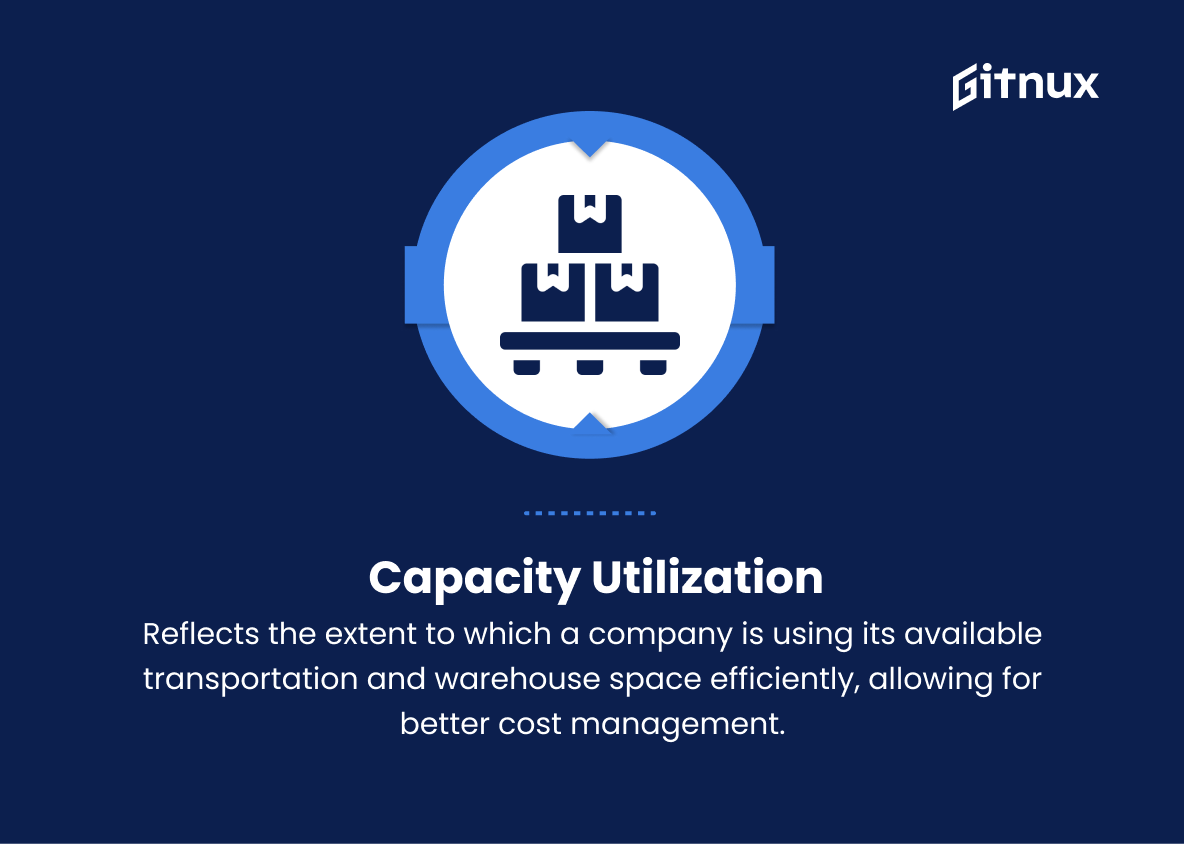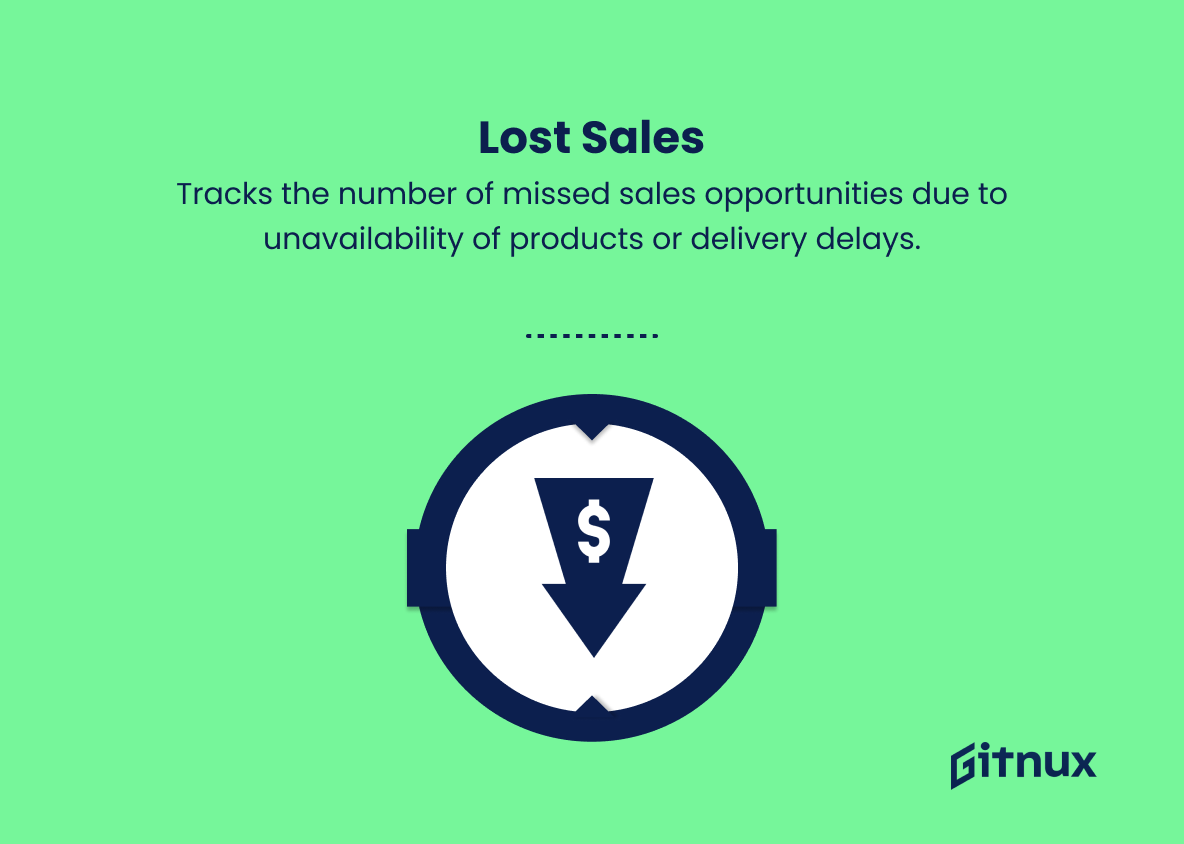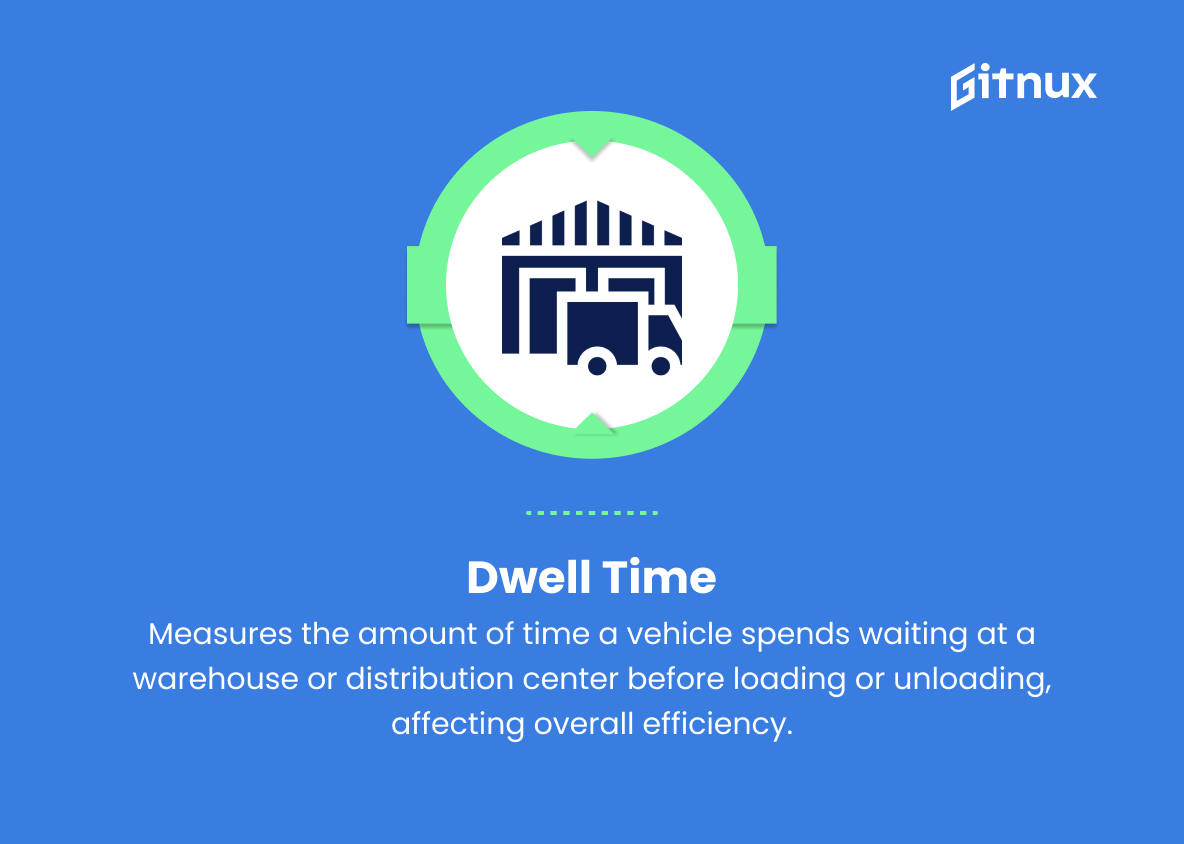In today’s fast-paced and ever-evolving business environment, staying ahead of the curve is critical to maintaining a competitive advantage. A key factor in achieving this is their ability to efficiently manage their supply chain operations. As companies work diligently to optimize their logistics operations, the use of key performance indicators (KPIs) has become increasingly important to accurately measure and evaluate their success.
In this comprehensive blog post, we will delve into the world of logistics KPIs, discussing their importance, the different metrics that can be used, and how each can contribute to the overall efficiency of your supply chain. By understanding the importance of these KPIs, companies can make informed decisions to improve their logistics operations and ultimately succeed in a competitive marketplace.
Logistics KPIs You Should Know
1. Order Accuracy
Measures the percentage of orders that are delivered accurately, without discrepancies in products, quantities, or destinations.
2. On-Time Delivery
Calculates the percentage of orders delivered within the agreed upon delivery window.
3. Inventory Turnover
Indicates the number of times a company’s inventory is sold and replaced during a given time period.
In today’s fast-paced and ever-evolving business environment, staying ahead of the curve is critical for organizations to maintain a competitive edge.4. Carrying Costs
Reflects the overall cost of holding and maintaining inventory, including storage, insurance, taxes, and depreciation.
5. Order Cycle Time
Measures the total time taken from placing an order until its delivery, reflecting the efficiency and speed of the order fulfillment process.
6. Perfect Order Rate
Calculates the percentage of orders that meet all critical success factors, such as accuracy, on-time delivery, correct documentation, and undamaged items.
7. Freight Cost per Unit
Determines the average expense of shipping each unit, allowing companies to optimize their freight strategies and costs.
8. Warehousing Costs
Reflects the overall cost of storing goods in a warehouse, including rent, utilities, and labor expenses.
9. Transportation Cost
Measures the total cost associated with moving goods from one location to another, including fuel, driver wages, and vehicle maintenance.
Logistics KPIs are critical in ensuring an efficient and effective supply chain that ultimately leads to improved customer satisfaction.10. Order Picking Accuracy
Indicates the accuracy of the product pickers in selecting the correct items from the warehouse.
11. Rate of Return
Calculates the percentage of orders that are returned due to issues like damage or incorrect items.
12. Stock-outs
Measures the number of times a requested item is not available in inventory, affecting order fulfillment and potentially leading to lost sales.
13. Capacity Utilization
Reflects the extent to which a company is using its available transportation and warehouse space efficiently, allowing for better cost management.
14. Lost Sales
Tracks the number of missed sales opportunities due to unavailability of products or delivery delays.
15. Dwell Time
Measures the amount of time a vehicle spends waiting at a warehouse or distribution center before loading or unloading, affecting overall efficiency.
16. Shipment Visibility
Monitors the real-time information and tracking of shipments, improving communication and customer service.
17. Dock-to-Stock Time
Indicates the time taken from receiving goods at a warehouse until they’re stocked and available for order fulfillment.
18. Backorder Rate
Measures the number of orders that cannot be immediately fulfilled due to stock-outs or supply chain issues.
Remember, selecting the appropriate KPIs depends on your specific business goals and industry. Track and analyze these KPIs regularly to improve your logistics performance and efficiency.
Logistics KPIs Explained
Logistics KPIs are critical to ensuring an efficient and effective supply chain, which ultimately leads to improved customer satisfaction. They provide valuable insight into order accuracy, on-time delivery, inventory management, and overall costs associated with warehousing and transportation. By tracking these KPIs, companies can optimize their order fulfillment process, minimize lost sales, and better manage their resources.
In addition, monitoring KPIs such as return rates, out-of-stocks, and backorder rates allows companies to quickly identify and resolve potential supply chain issues. By constantly analyzing and addressing these key performance indicators, logistics companies can maintain high levels of efficiency and cost-effectiveness, ensuring a seamless experience for their customers and sustainable growth for the business.
Conclusion
In summary, logistics KPIs play a critical role in the success and growth of any company involved in logistics and supply chain management. Monitoring and optimizing these key performance indicators ensures efficiency, increased competitiveness, and improved decision-making for companies striving to excel in the industry.
By focusing on the most relevant KPIs that are aligned with the company’s strategic goals, supply chain professionals can better address potential bottlenecks, reduce costs, and improve customer satisfaction. Therefore, it is incumbent upon companies to invest time and resources in identifying, tracking, and leveraging logistics KPIs to achieve long-term success and stay ahead of the competition.

